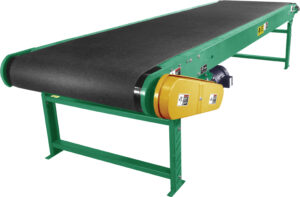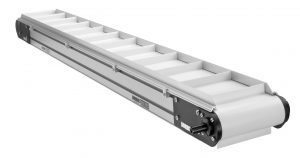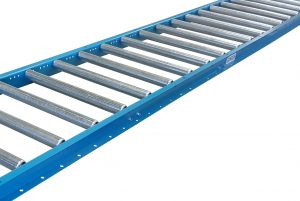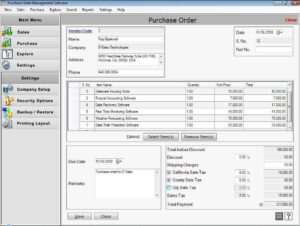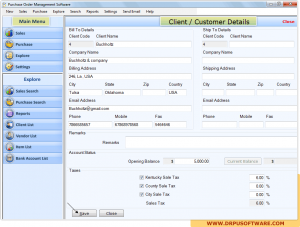Conveyor Rollers Tips
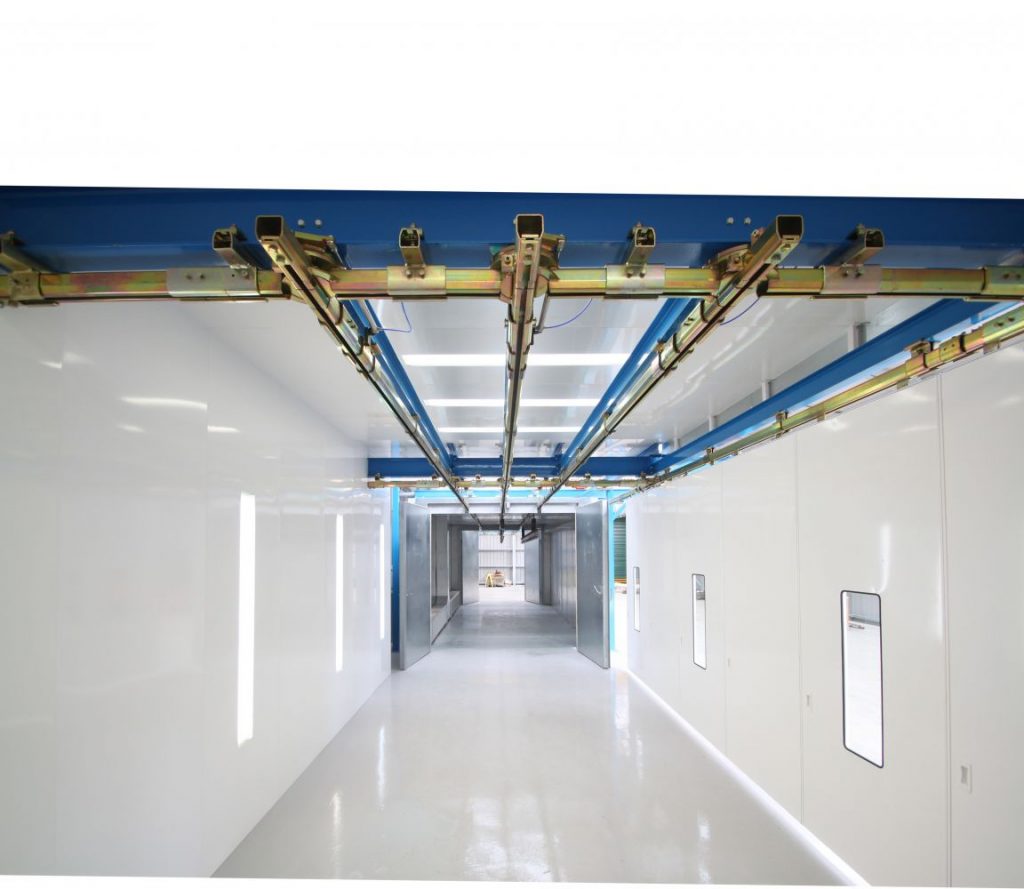
Conveyor rollers help to make minimal work of moving merchandise about with nominal time and effort, and thanks to the motor unit driven options, they ensure reduced manpower as well. From small wheels, belts and integrated rollers there is a great deal of rollers found on the current market place, regardless of whether you select a motor unit or manually powered device.
Rollers are likely to be used to transport bulk products, and there are various types of rollers for specific activities. Rollers and other conveyors have the ability to lift up materials, use vibratory motions to safely move product, and hang from overhead. Additional key types include screw conveyors, chute conveyors and tow conveyors.
Lets take a closer look at some of the main types of conveyor.
All The Different Conveyor Roller
These are handling products which use rollers mounted in frames to manoeuvre products. The factors it is advisable to think of are often the weight capacity and height, combined with the conveyor width and length. Roller conveyors are generally made use of in handling areas which includes loading docks, luggage handling or assembly lines. Rollers use gravitational forces or manual power to transfer goods around and can be straight or curled conditional upon space or working environment.
Powered roller conveyors use driven rollers installed with frames to move merchandise and materials about. The top consideration is the type of drive that you need. The most important drive varieties include belts, chains and motors. Powered roller conveyors have several purposes, which includes food handling, packaging and many other assembly line industrial sectors.
Wheel conveyors use unpowered wheels to transport goods, either by gravity or manual power. If getting a wheel system, you might want to think about load potential, the physical proportions and the electrical needs. Wheel conveyors are generally employed for loading and unloading motor vehicles, and also relocating big large materials that include pallets. Depending on load criteria, wheel numbers and spacing could vary.
Vibrating conveyors use rotary or linear vibration to safely move products or items along. They may be commonly used to move bulk materials like gravel and coal. Depending on the required use, many sizes are available.
Overhead conveyors are fastened to roofs and make use of carts moved by chains, wires or other connections. They are most often used within companies in which the products has to be hung, which includes parts handling systems, or for a/c functions. Dependent upon the supposed use of the overhead solution, the load carrying potential is quite critical. The majority of solutions are motorised although you can find those that are hand operated.
Belt conveyors use continuous belts to safely move products. They’re frequently used in food companies, for baggage handling, in packaging and in the mail service, although you would most often associate them with the cash registers in food markets. Belt conveyors usually are powered and function at a number of speeds. Belts can be worked flat or possibly at slope inclines.
Beltless magnetic conveyors utilise moving magnets beneath stationery plates to transfer magnetic or ferrous materials. This is often in the form of scrap metal or equipment parts. Beltless magnetic conveyors can be horizontal, upright or a combination of the two.
The Role Of Conveyor Rollers
Your personal choice of conveyor system is dependent upon the item style, velocity, distance off the ground and segment focus specific for your business. Quite a few styles of conveyor, for example , belts and vibrating units, work extremely well over long distances in industries such as mining and raw materials. On the other hand, a vibrating belt system would be of little use in food production or electronics businesses.
Conveyors could possibly be manually powered, which is when products are moved along manually over the rollers or wheels. Others are air powered or engine powered. Typically, however, they are driven by electric power engines. This either occurs directly or through reduction gears, chains and sprockets.
You can find tends of thousands of sites with information and facts relating to ‘Steel Rollers’ this is among the finest ones www.conveyorrollers.co.uk
Materials and things are ordinarily moved on the top surfaces of conveyors, but overhead conveyors could possibly be the totally obvious exception.
How To Choose A Conveyor Roller
If you’re attempting to transport goods quite easily with hardly any time and effort . and the greatest possible personal safety, you must review your needs and requirements really carefully. Your eventual final choice will be dependent on the industry sector in which you work, the option of power supply (or not) and the spending budget that you’ve got.
Conveyor rollers might be the most straightforward and extremely versatile system and also one of the most most cost effective. Roller systems are also convenient-to-use and maintain and can be adjusted to a array of industrial sectors and uses. Equipment can be custom-designed to for your available space and rollers can be selected by materials, weight capacity, speed and more. This is why conveyor rollers are some of the most well liked options for UK business organisations.
Roller conveyor platforms can be custom-designed from modular components. These include straight sections, bends, transitions, merges, partitioning plus much more. Producers will supply design specialist knowledge and design and installation help, making it possible to get the very best system for your need. They can also give you on-going routine maintenance assistance and spares to keep your items and your company moving.
If it’s time you enlarged your organisation and you aspire to reduces costs of manufacturing, storage, shipping and delivery or more, then a conveyor roller system may just be just the thing you’ve been searching for.


